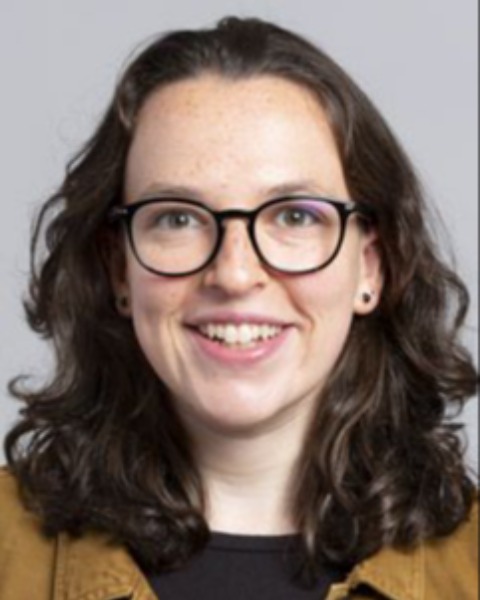Public Health & Prevention 4
Session: Public Health & Prevention 4
797 - HIV Self-Testing Initiation and Completion among Urban Young Adults using a Synchronous Telehealth Model with Health Educators
Monday, April 28, 2025
7:00am - 9:15am HST
Publication Number: 797.5174
Rachel G.. Kasdin, Icahn School of Medicine at Mount Sinai, New York, NY, United States; Renee Mayer Cohall, Mailman School of Public Health at Columbia University, New York, NY, United States; Monica Raiss, Renaissance School of Medicine at Stony Brook University, Stony Brook, NY, United States; alwyn T. cohall, Columbia University Mailman School of Public Health, New York, NY, United States

Rachel G. Kasdin, M.S. (she/her/hers)
Medical Student
Icahn School of Medicine at Mount Sinai
New York, New York, United States
Presenting Author(s)
Background: Sexual health needs of vulnerable and marginalized young adults (YAs) are often insufficiently met in the US. The COVID-19 pandemic exacerbated this population’s HIV risk factors and barriers to testing. Accordingly, an NYC-based organization offered free HIV self-testing (HIVST) using a synchronous telehealth model delivered by trained health educators (HEs) to at-risk YAs. This study evaluates this program’s successes and challenges; limited studies have previously described the delivery of HIVST to YAs.
Objective: To identify outcomes of one YA HIVST program, including test initiation and completion rates, and gain qualitative insight into factors contributing to these outcomes.
Design/Methods: HEs offered HIVST to YAs aged 18-29 in two phases between 5/6/20-12/29/20, first to patients known to the organization with previous positive STI tests and then to all other established patients and to the public via social media, referrals from community-based organizations, and word-of-mouth. In each, HEs contacted YAs to invite them to test and conduct a standardized intake and risk assessment. Patient demographics and testing data were recorded by HEs during intake assessments and ongoing client communications. This study reports descriptive statistics on rates of test acceptance, test completion, test results, and referrals among those offered HIVST. Qualitative themes are drawn from interviews with 7 YAs randomly selected among those offered testing.
Results: 102 YAs, whose demographics are included in Table 1, were offered testing kits. 91 (89%) accepted the offer and 77 (85%) of them completed testing, with a 76% completion rate for the eligible population (77 of 102). None tested positive for HIV. HEs referred 25 (32%) YAs to mental health services, 7 (9%) to emergency contraception, 13 (17%) to PrEP/PEP, and 10 (13%) to STI testing/treatment. Qualitative themes showed facilitators of test completion to be convenience and ease of use of HIVST, impact of HEs, and opportunities for linkage to care; barriers included a tendency to delay HIVST completion due to nervousness about using the kit without a health professional present or trouble finding motivation to test in the absence of a specific appointment time.
Conclusion(s): Nearly all YAs who initiated HIVST with this program completed testing. With the contributions of HEs through synchronous telehealth, HIVST is an innovative and replicable approach to promoting HIV screening for vulnerable YA populations.
Table 1
HAP Submission Table 1.pdfSelf-Reported Demographics of Young Adults Initiating HIVST, May-December 2020
Table 1
HAP Submission Table 1.pdfSelf-Reported Demographics of Young Adults Initiating HIVST, May-December 2020

